Mojave Sage Information: Learn About Mojave Sage Care In Gardens
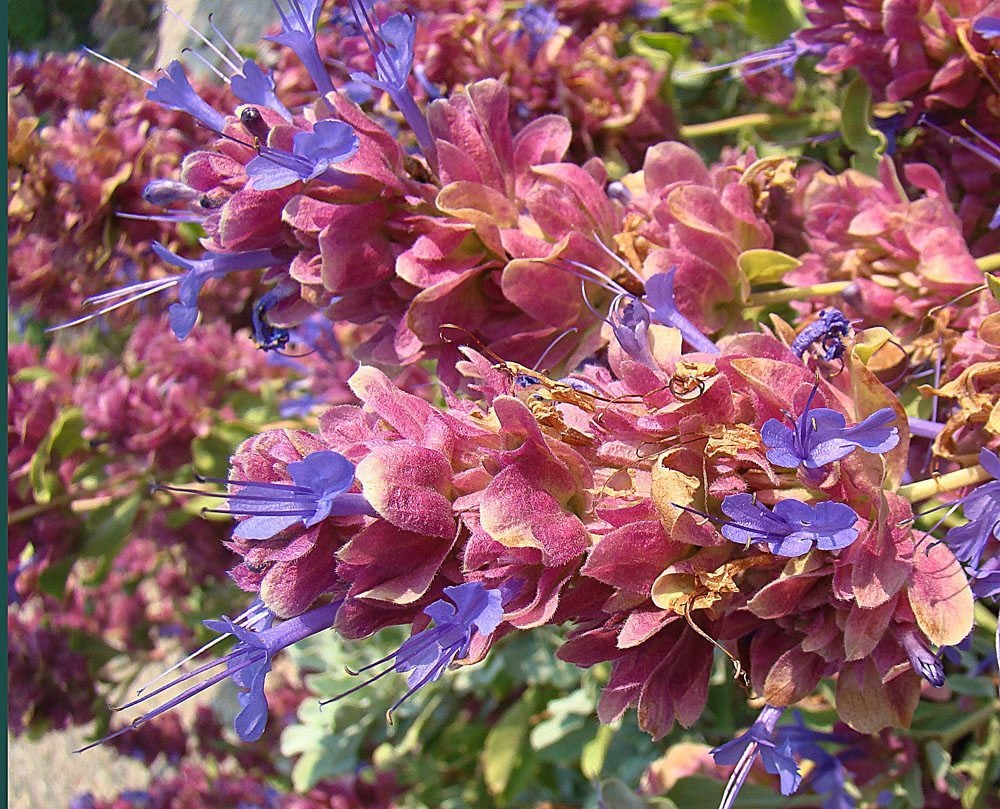

What is Mojave sage? Native to southern California, Mojave sage is a woody shrub with aromatic, silvery green foliage and spiky lavender blooms. Read on to learn more about this vibrant, dry-climate plant.
Mojave Sage Information
Mojave sage, sometimes referred to as rose sage, giant-flowered purple sage, blue sage, or mountain desert sage, is easy to confuse with other types of sage or salvia plants. To eliminate mix-ups, be sure to request the plant by its botanical name: Salvia pachyphylla. Hardy to USDA plant hardiness zones 5 through 8, Mojave sage plants are sturdy, drought-tolerant perennials that thrive in poor, dry, alkaline soil. Look for this easy-to-grow plant to reach mature heights of 24 to 36 inches (61-91 cm.). Hummingbirds love the fragrant flower spikes, but deer and rabbits aren’t impressed and tend to pass Mojave sage in favor or more succulent fare. Mojave sage is usually easy to find at garden centers, or you can start Mojave sage seeds indoors six to ten weeks before the last frost. If you have an established plant, you can propagate Mojave sage plants by dividing the plant in early spring, or by taking cuttings from tender, mature growth any time the plant is actively growing. Full sunlight and well-drained soil are essential, and plants in soggy, poorly drained conditions are unlikely to survive. Allow 24 to 30 inches (61-76 cm.) between each plant, as Mojave sage plants require good air circulation.
Mojave Sage Care
Caring for Mojave sage plants is uninvolved, but here are a few general tips on Mojave sage care: Water young plants regularly. Thereafter, supplemental irrigation is rarely needed. Prune Mojave sage lightly after each flush of blooms. Division every few years will rejuvenate old, worn-out Mojave sage. Discard woody sections and replant younger, more vibrant sections. Mojave sage is generally pest resistant but any mites, aphids, and whiteflies that appear are easy to treat with regular applications of insecticidal soap spray.
Gardening tips, videos, info and more delivered right to your inbox!
Sign up for the Gardening Know How newsletter today and receive a free copy of our e-book "How to Grow Delicious Tomatoes".

A Credentialed Garden Writer, Mary H. Dyer was with Gardening Know How in the very beginning, publishing articles as early as 2007.
-
 Get Ready For A Summer Of Hummers! Grow These Full Sun Hummingbird Plants and Flowers
Get Ready For A Summer Of Hummers! Grow These Full Sun Hummingbird Plants and FlowersIf you’re lucky enough to enjoy a sunny backyard, make sure you are maxing out on your pollinator opportunities and grow these full sun hummingbird plants and flowers
By Tonya Barnett
-
 12 Lush Alternatives To A Lawn For Sustainable Spaces
12 Lush Alternatives To A Lawn For Sustainable SpacesAlternatives to a lawn are beautiful and also beneficial to your local ecosystem and its pollinators. Explore our top picks for plants to replace grass.
By Tonya Barnett
-
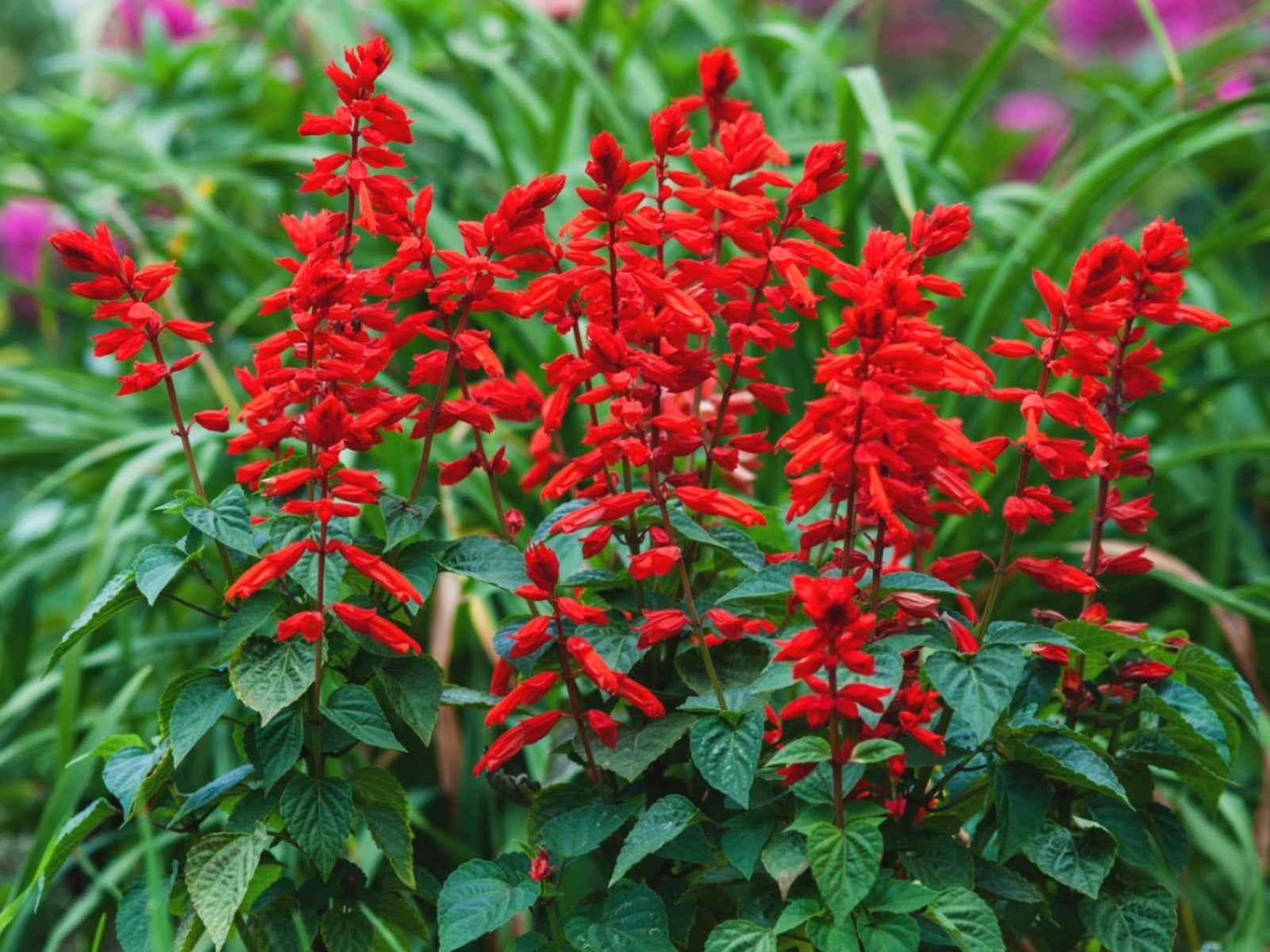 Varieties Of Salvia For Part Shade Or Shade
Varieties Of Salvia For Part Shade Or ShadeBesides being easy to grow, salvia or sage plants are versatile and some even enjoy partial shade. Read on for more.
By Laura Miller
-
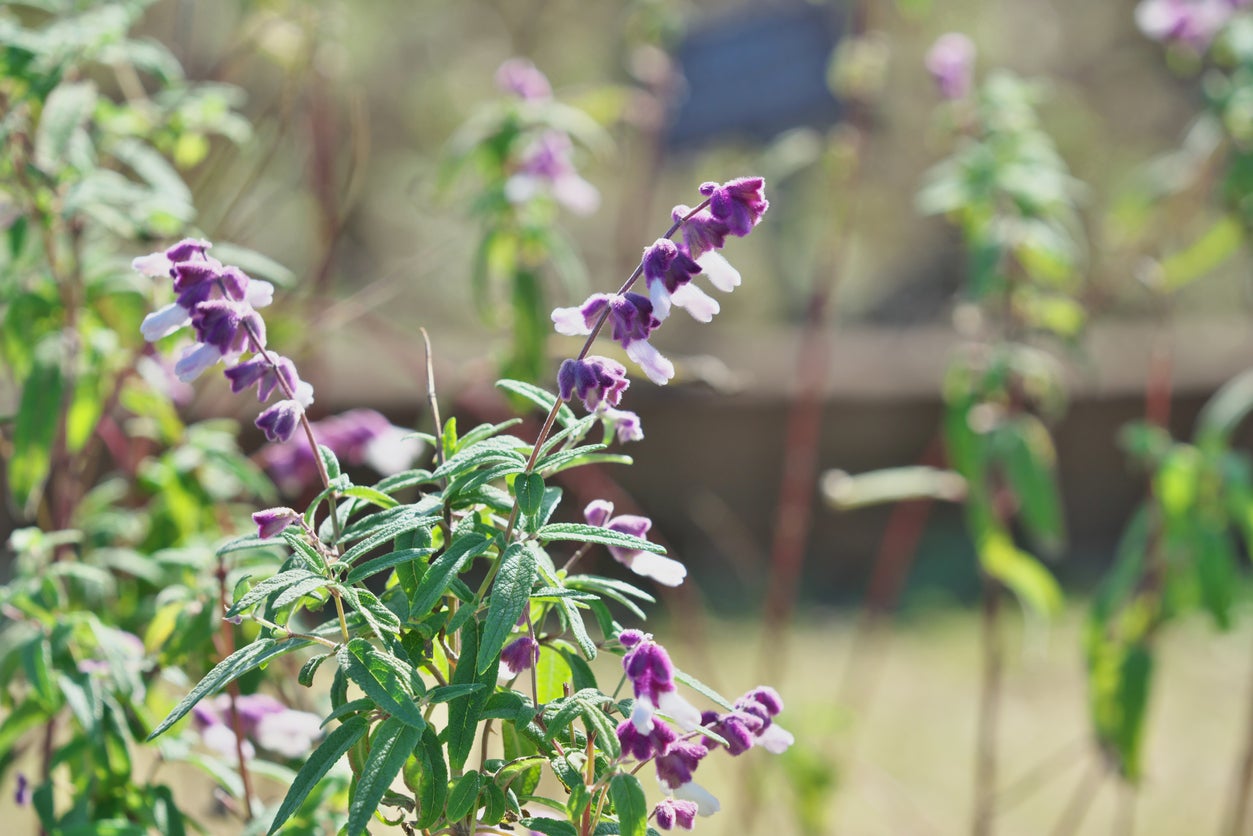 Mexican Bush Sage Care: How To Plant Mexican Bush Sage
Mexican Bush Sage Care: How To Plant Mexican Bush SageChoosing flowering plants that encourage diversity of wildlife in the garden is a key aspect of creating a lush, green garden oasis. Mexican bush sage plant is an ideal choice for those wishing to establish perennial plantings that will thrive all season long. Learn more here.
By Tonya Barnett
-
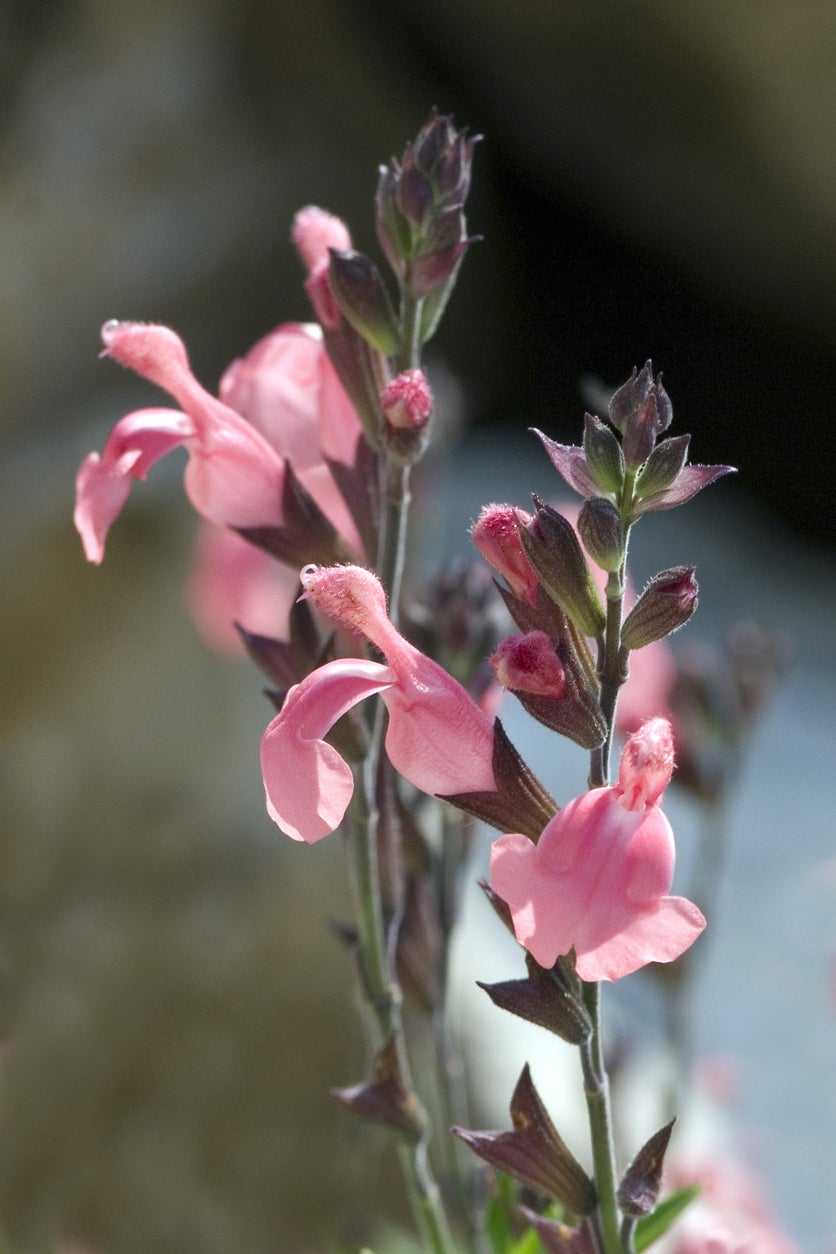 Autumn Sage Care: Growing An Autumn Sage Plant In The Garden
Autumn Sage Care: Growing An Autumn Sage Plant In The GardenSelecting perennial flowers can be one of the most difficult aspects of planting flower borders or landscapes. The autumn sage plant is a perennial that has gained popularity. Not only is this plant versatile, but it offers a season filled with flower blooms. Learn more here.
By Tonya Barnett
-
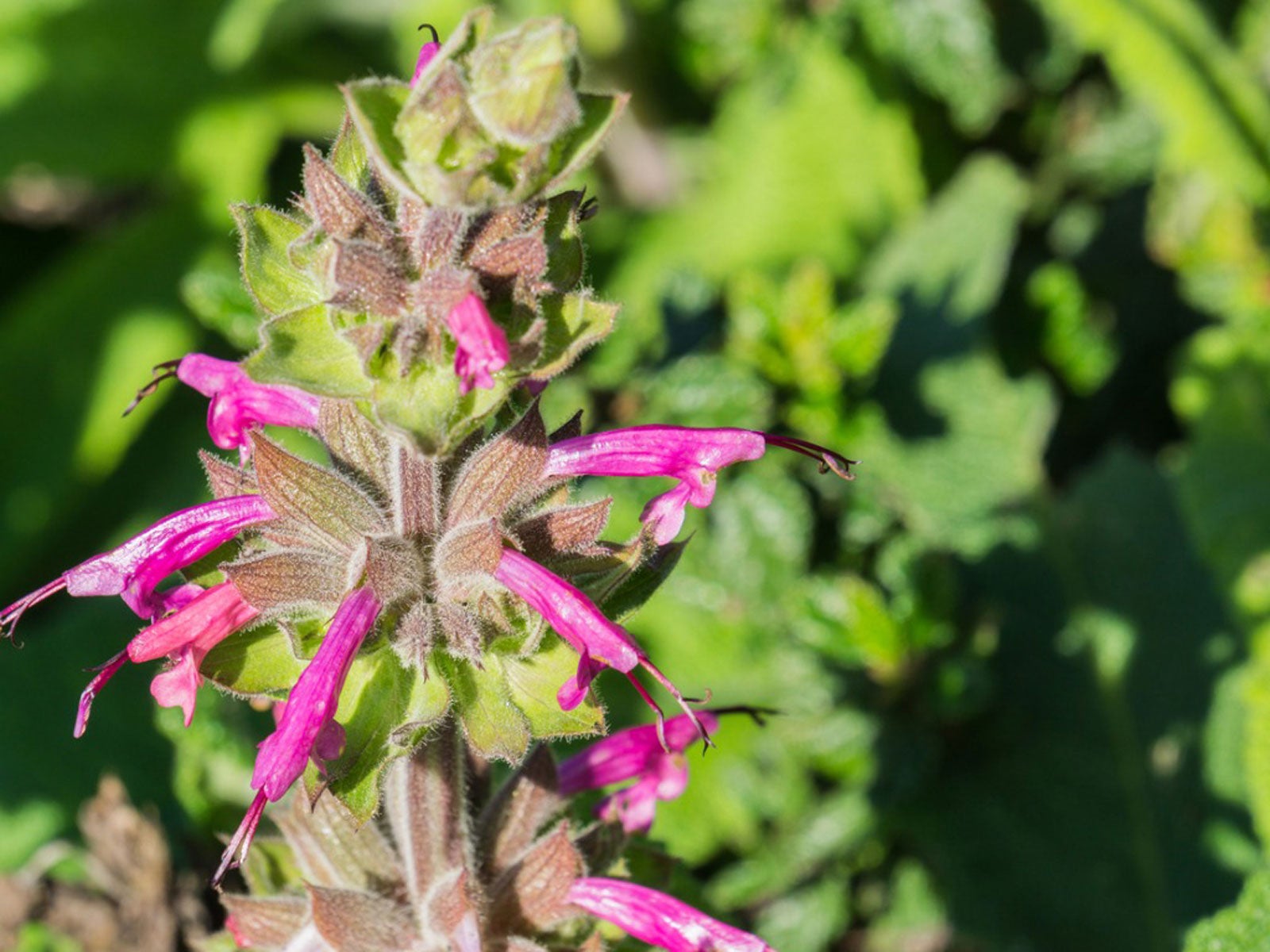 Hummingbird Sage Plant Care: Tips For Growing Hummingbird Sage Plants
Hummingbird Sage Plant Care: Tips For Growing Hummingbird Sage PlantsAs the name may suggest, the hummingbird sage plant has pitcher shaped flowers which attract hummingbirds. Click here for growing information.
By Laura Miller
-
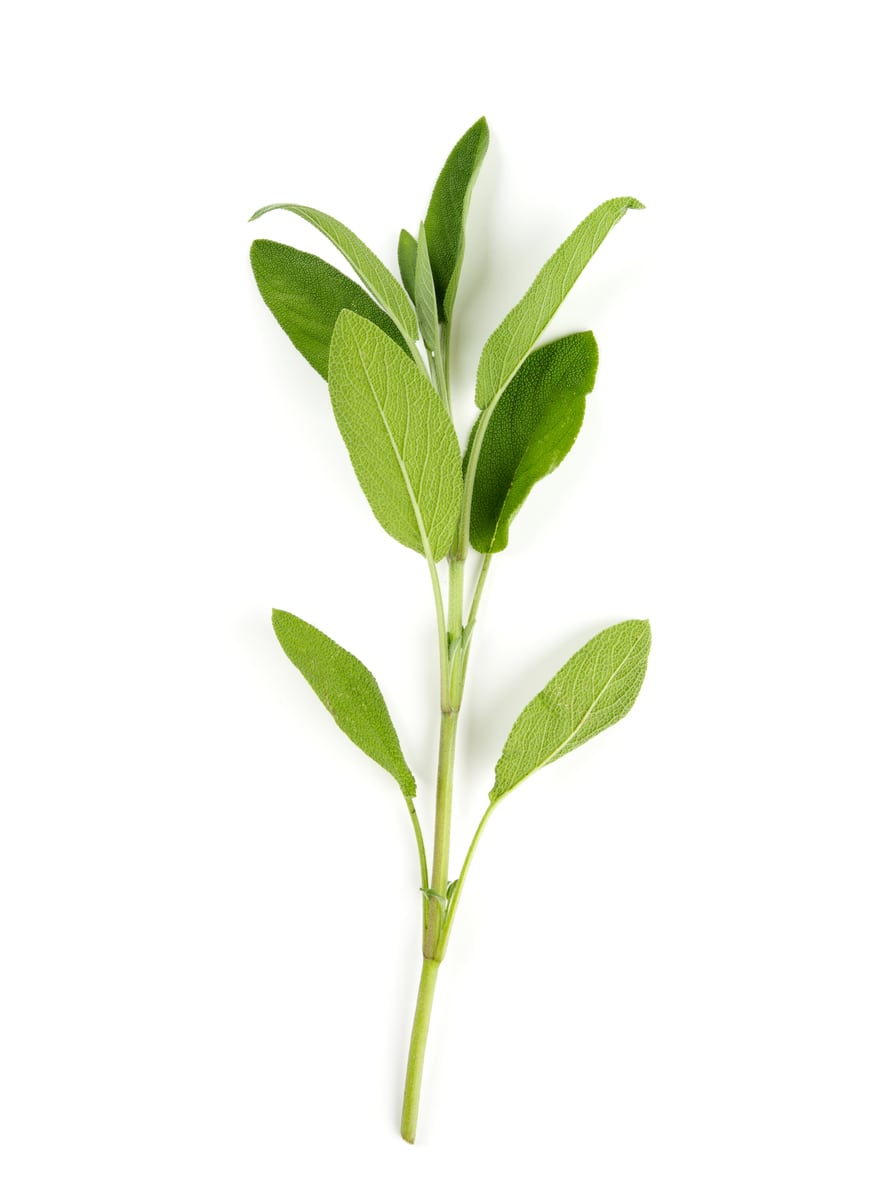 Salvia Cutting Propagation: Can You Grow Salvia From Cuttings
Salvia Cutting Propagation: Can You Grow Salvia From CuttingsIf you have salvia and want more of these easy-care beauties, nobody can blame you. Fortunately, it’s not difficult to propagate. Can you grow salvia from cuttings? Click here for information about salvia cutting propagation.
By Teo Spengler
-
 What Is Mealycup Sage: Blue Salvia Info And Growing Conditions
What Is Mealycup Sage: Blue Salvia Info And Growing ConditionsMealycup sage has stunning purple-blue flowers that attract pollinators and brighten the landscape. The name may not sound terribly pretty, but the plant also goes by the name blue salvia. Click here for some comprehensive blue salvia information.
By Bonnie L. Grant
-
 Eyelash Sage Plant Care: Tips On Growing Eyelash Sage Plants
Eyelash Sage Plant Care: Tips On Growing Eyelash Sage PlantsLooking for an easy care bloomer that attracts hummingbirds? Look no further than eyelash leaved sage. What is an eyelash sage? Click on the article that follows to find out about growing eyelash sage plants and care.
By Amy Grant
-
 Purple Sage Planting Guide: What Is Purple Sage And Where Does It Grow
Purple Sage Planting Guide: What Is Purple Sage And Where Does It GrowUsed to sandy, poor soil, sage requires little maintenance and is perfect for filling in areas where most other plants would die. Click this article to learn more about growing purple sage plants and the care of purple sage in gardens.
By Liz Baessler